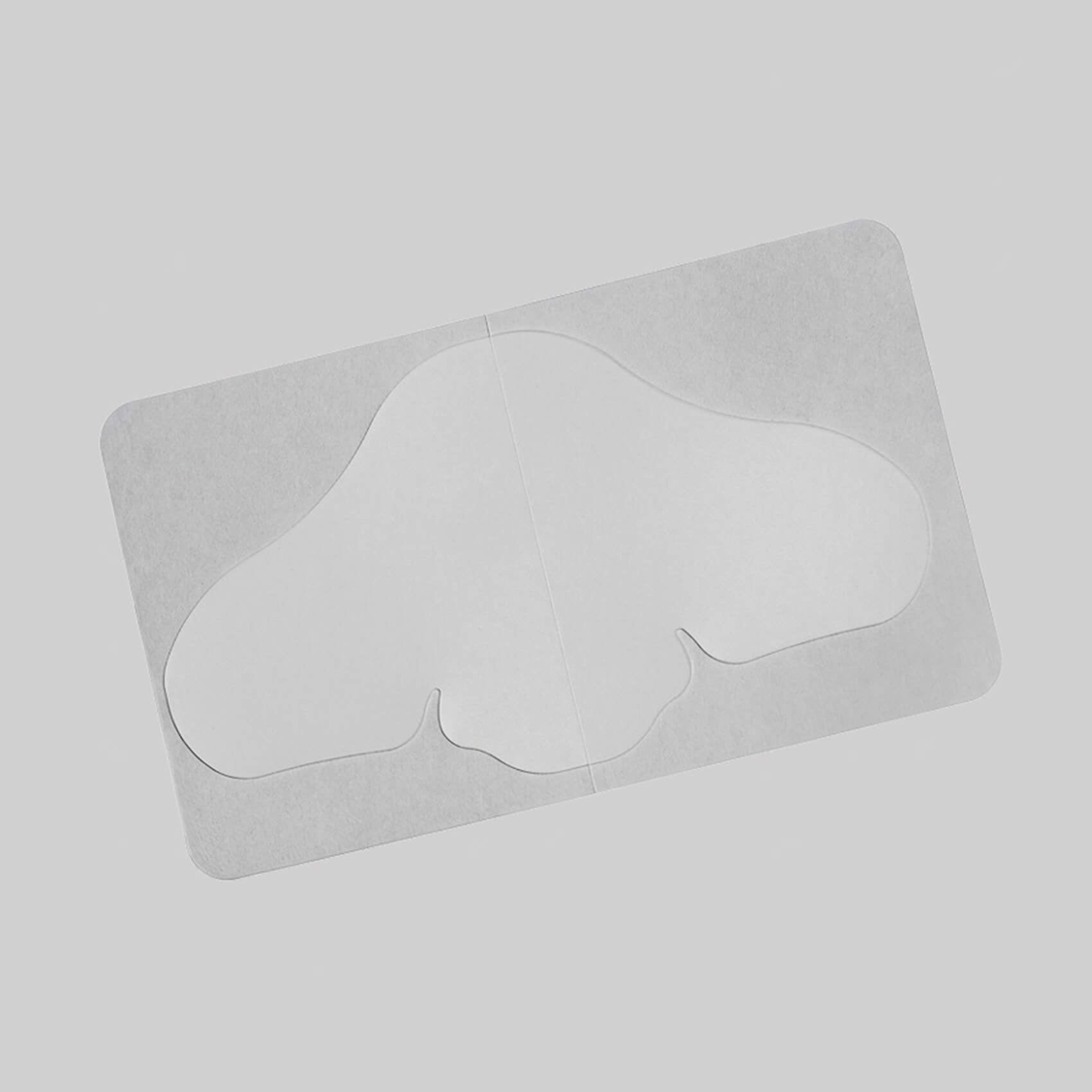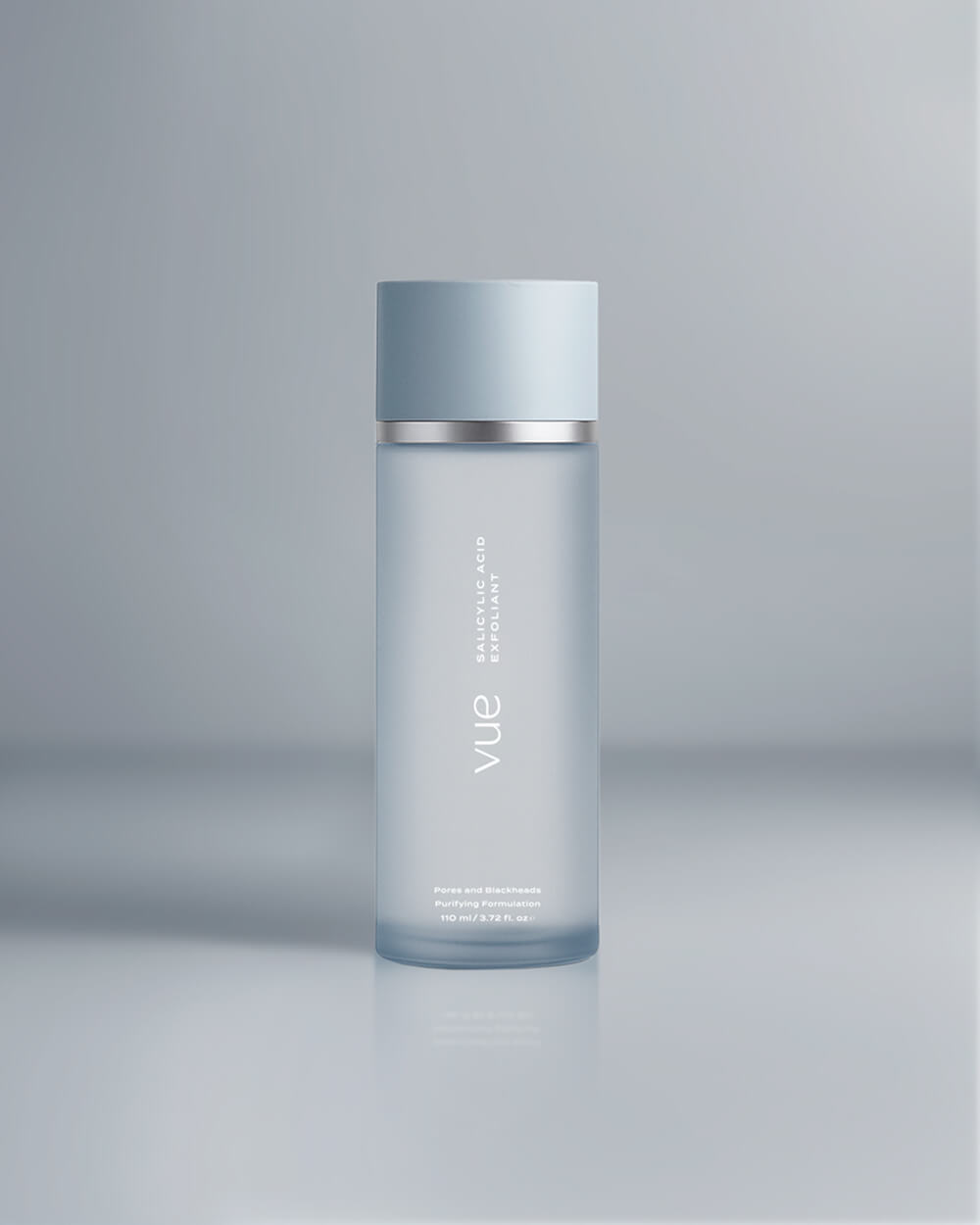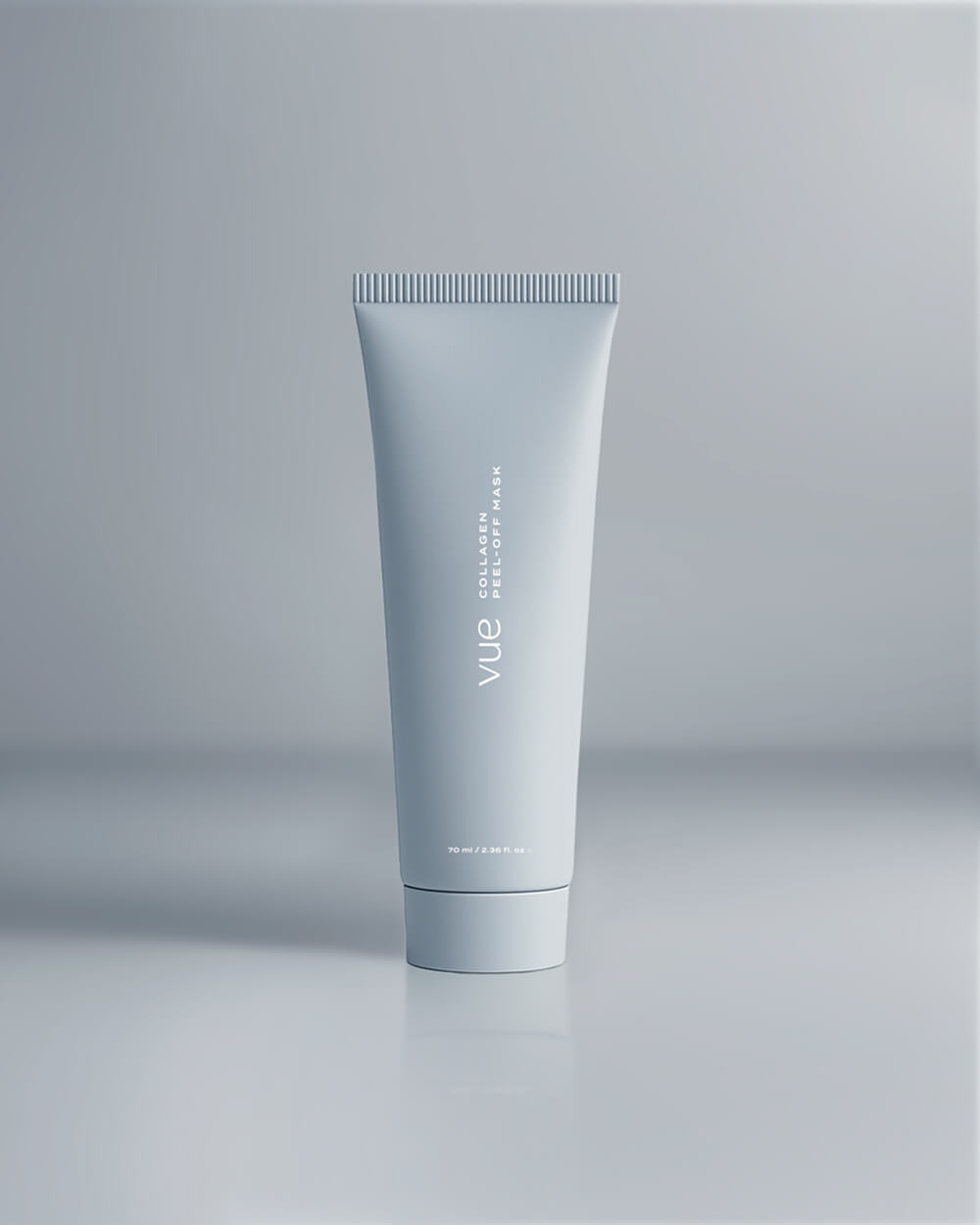- Exfoliante con Ácido Salicílico Vue
- Parches para la frente
- Parches para la nariz
- Parches para la barbilla
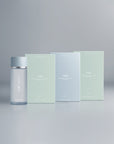
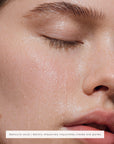
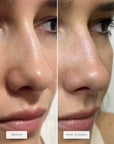





Kit Zona T Limpia
Made
in Korea
Vegan &
Cruelty free
Backed by
Science
- free delivery over € 30
SALICYLIC ACID (BHA)
Dives deep into your pores to dissolve the oil, dead skin, and gunk trapped inside.
This is what actually clears blackheads and congestion at the source.
The T-zone produces more oil than any other facial area, which makes pores especially prone to clogging. Salicylic works inside the pore to break down this buildup before it oxidizes and becomes visible.
GLYCOLIC ACID (AHA)
Works on the surface to lift away the top layer of dead, dull skin.
This helps prevent new buildup from forming and keeps skin texture smooth.
GLUCONOLACTONE (PHA)
Gentle exfoliating acid with hydrating properties.
Clears without irritation, making it suitable for sensitive skin types.
HYDROCOLLOID
After the exfoliant loosens buildup inside pores, hydrocolloid patches create a sealed environment that draws out excess oil and debris.
The patches are shaped specifically for the forehead, nose, and chin to ensure precise contact where your T-zone needs it most.
They absorb moisture along with what’s trapped in the pore, without damaging the surrounding skin.
This two-step approach targets congestion from both sides: exfoliation inside the pore, and gentle absorption at the surface.
View full ingredient list
Salicylic Acid Exfoliant:
Water, Butylene Glycol, Gluconolactone, Arginine, Salicylic Acid, Ethoxydiglycol, Glycolic Acid, Sodium Hydroxide, C12-14 Pareth-12, Maltodextrin, Biosaccharide gum-1
Hydrocolloid Patches:
Hydrocolloid (Polyisobutene, Cellulose Gum)
SALICYLIC ACID (BHA)
Clinical study on the effectiveness of salicylic acid for acne and skin barrier support
Overview of salicylic acid as an exfoliating and acne-treating ingredient
GLYCOLIC ACID (AHA)
Review of how alpha hydroxy acids improve skin texture and renewal
Study showing glycolic acid boosts collagen production and cell renewal
Research on glycolic acid’s impact on skin barrier and exfoliation
GLUCONOLACTONE (PHA)
Study showing gluconolactone helps protect the skin from UV damage
Clinical evaluation of gluconolactone peels on sebum balance and hydration
HYDROCOLLOID
Review of hydrocolloids in dermatology and their benefits for wound healing and acne
Study comparing hydrocolloid dressings to traditional wound care methods
- Cleanse: Wash your face and pat dry.
- Exfoliate: Apply the Salicylic Acid Exfoliant with a cotton pad or your palms. Sweep over face and neck, avoiding the eye area. Wait a few minutes for it to absorb.
- Apply Patches: Place on forehead, nose, and chin. Press gently to remove air bubbles.
- Moisturize: Apply moisturizer to areas not covered by patches.
- Remove: Peel patches off slowly after 6–8 hours.
Recommended frequency
Start with the exfoliant 1–2 times per week to allow your skin to build tolerance. After 1–2 months, you can increase to nightly or every other night, depending on how comfortable your skin feels.
Apply the patches one to two times a week, or as needed when pores feel congested.
SHIPPING
All orders are shipped from our warehouse in the Netherlands.
DELIVERY TIMES
- Europe: 3–7 business days depending on location
- United Kingdom: 2–4 business days
- Express via FedEx: 1–3 business days
For exact delivery times, see our shipping policy. Remote regions may take longer.
RETURNS
- Your return request must be made within 14 days of receiving your order.
- We can only accept returned items if they are unopened and unused.
- Our 60-day money-back guarantee applies if you are not satisfied after trying the product.
See real reviews
Most exfoliants use only one acid type, which limits how deeply they can work. This formula combines three acids that each target different levels of congestion.
Salicylic acid (BHA) penetrates deep into the pore to dissolve oil-based buildup.
Glycolic acid (AHA) clears the surface layer of dead skin.
Gluconolactone (PHA) adds gentle exfoliation with hydrating properties, which prevents the irritation and dryness that usually comes with strong acids.
The patches use medical-grade Korean hydrocolloid. The same material used in hospital wound care. It absorbs significantly more oil than standard pore strips while being gentle enough for overnight use.
Together, the acids dissolve what’s trapped inside your pores, and the medical-grade hydrocolloid absorbs it without damaging your skin or triggering rebound oil production.
Within the first 7-10 days, you’ll notice a smoother texture and less visible buildup. By week 2-3, your T-zone will look clearer with smaller-looking pores and less shine throughout the day.
The exfoliant works continuously to prevent new congestion, while the patches draw out oil and debris 1-2 times per week.
Most people find that their T-zone stays balanced and clearer with consistent use. Results build over time, the longer you use it, the better your skin looks.
The formula uses three gentle acids at balanced concentrations, plus hydrocolloid patches originally designed for sensitive hospital wound care.
If you’re new to acids, start slowly and use the exfoliant every other night for the first month to let your skin build tolerance. If your skin is very reactive, test on a small area first.
Your skin produces oil every day because that’s what healthy skin does. The T-zone produces more oil than other areas due to a higher concentration of oil glands.
When oil mixes with dead skin cells and gets trapped in pores, it oxidizes and turns into blackheads. This process happens continuously.
If you stop all care, buildup will return over time, which is normal with any routine. The difference is that this kit helps keep your T-zone balanced without the harsh stripping that can make things worse.
Once initial congestion is cleared, most people find using the patches 1–2 times per week is enough to maintain clear pores.
FAQ
All your frequently asked questions about our Clear T-Zone Kit

